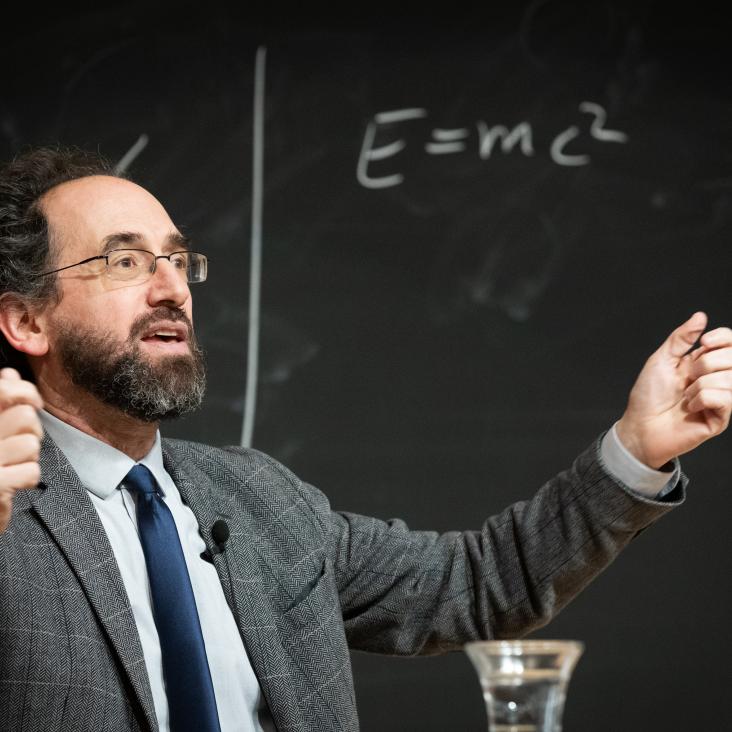Trial wavefunctions for the goldstone mode in ν = 1/2 + 1/2 quantum hall bilayers
Advances in Condensed Matter Physics 2011 (2011)
Abstract:
Based on the known physics of the excitonic superfluid or 111 state of the quantum Hall ν = 1/2 + 1/2 bilayer, we create a simple trial wavefunction ansatz for constructing a low-energy branch of (Goldstone) excitations by taking the overall ground state and boosting one layer with respect to the other. This ansatz works extremely well for any interlayer spacing. For small d, this is simply the physics of the Goldstone mode, whereas for large d, this is a reflection of composite fermion physics. We find hints that certain aspects of composite fermion physics persist to low d whereas certain aspects of Goldstone mode physics persist to high d. Using these results, we show nonmonotonic behavior of the Goldstone mode velocity as a function of d. Copyright 2011 Gunnar Mller and Steven H. Simon.A Wilson line picture of the Levin-Wen partition functions
NEW JOURNAL OF PHYSICS 13 (2011) ARTN 065001
Phase transitions in topological lattice models via topological symmetry breaking
(2010)
Space-time geometry of topological phases
Annals of Physics 325:11 (2010) 2550-2593
Abstract:
The 2 + 1 dimensional lattice models of Levin and Wen (2005) [1] provide the most general known microscopic construction of topological phases of matter. Based heavily on the mathematical structure of category theory, many of the special properties of these models are not obvious. In the current paper, we present a geometrical space-time picture of the partition function of the Levin-Wen models which can be described as doubles (two copies with opposite chiralities) of underlying anyon theories. Our space-time picture describes the partition function as a knot invariant of a complicated link, where both the lattice variables of the microscopic Levin-Wen model and the terms of the Hamiltonian are represented as labeled strings of this link. This complicated link, previously studied in the mathematical literature, and known as Chain-Mail, can be related directly to known topological invariants of 3-manifolds such as the so-called Turaev-Viro invariant and the Witten-Reshitikhin-Turaev invariant. We further consider quasi-particle excitations of the Levin-Wen models and we see how they can be understood by adding additional strings to the Chain-Mail link representing quasi-particle world-lines. Our construction gives particularly important new insight into how a doubled theory arises from these microscopic models. © 2010 Elsevier Inc.A Random Matrix--Theoretic Approach to Handling Singular Covariance Estimates
(2010)


